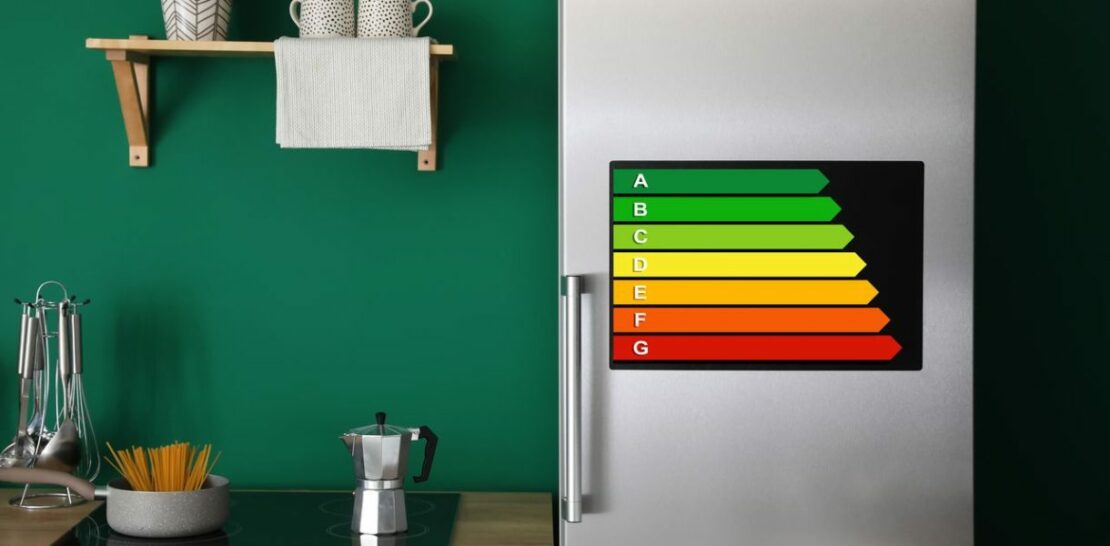As our homes become increasingly packed with modern conveniences and cutting-edge technologies, it’s no wonder that our electricity bills have skyrocketed.
While we enjoy the luxury and comfort provided by these appliances, we must also be aware of their impact on our wallets and the environment.
In this comprehensive article, we’ll delve into the world of energy-consuming appliances, identify the top culprits, and explore ways to reduce their impact on your electricity bill.
The Heavy-Hitters: Appliances That Consume the Most Energy
While all appliances contribute to your overall energy consumption, there are some that stand out as particularly energy-intensive. In this section, we’ll identify these heavy-hitters and discuss their impact on your electricity bill.
The first appliance in this category is the air conditioner. This essential home comfort system is responsible for maintaining a comfortable temperature in your living space, but it comes at a cost. Air conditioners are known to be energy-intensive, especially during the summer months when they are in constant use. On average, a central air conditioning system can account for up to 3,000 watts per hour of power consumption.
Another major energy-consuming appliance is the water heater. Whether it’s a gas or electric heater, these units are responsible for ensuring that you have hot water whenever you need it. Electric water heaters, in particular, can consume between 3,000 and 4,500 watts per hour, making them one of the most energy-intensive appliances in your home.
The clothes dryer is yet another energy-guzzling appliance. With its high-power heating elements and constant tumbling motion, it’s no surprise that these appliances can use up to 5,000 watts per hour. While air-drying your clothes might be a more energy-efficient solution, it’s not always practical or feasible, especially during wet or cold weather.
Last but not least, the refrigerator is a significant contributor to your home’s energy consumption. These appliances are designed to stay on 24/7, ensuring that your food is kept at a safe and consistent temperature. However, this constant operation means that refrigerators can consume anywhere from 100 to 800 watts per hour, depending on their size and efficiency rating.
Factors Impacting Appliance Energy Consumption
While the appliances themselves are the primary drivers of energy consumption, other factors can exacerbate their impact on your electricity bill. These factors can include:
- Age and efficiency: Older appliances are notorious for being less energy-efficient than their modern counterparts. Investing in Energy Star-rated appliances can significantly reduce energy consumption, leading to lower electricity bills.
- Usage habits: How you use your appliances will also affect their energy consumption. For example, running your dishwasher or washing machine with partial loads can lead to unnecessary energy usage, while keeping your air conditioner at a lower temperature for extended periods will result in higher power consumption.
- Maintenance: Poorly maintained appliances can consume more energy than well-maintained ones. Regular servicing and cleaning can help ensure that your appliances are operating at peak efficiency, reducing their energy footprint.
- Climate: The climate in which you live can have a significant impact on your appliance energy consumption. For instance, homes in hotter climates will rely more heavily on air conditioning, while those in colder climates will place greater demands on heating systems.
Reducing Your Appliance Energy Consumption
Now that we’ve identified the main culprits behind high energy consumption and its contributing factors, it’s time to explore ways to reduce their impact on your electricity bill. The following strategies can help you minimize your appliance energy usage:
- Invest in energy-efficient appliances: Replacing old, inefficient appliances with new, Energy Star-rated models can lead to substantial energy savings. While the upfront cost may be higher, the long-term reduction in your electricity bill will more than make up for it.
- Optimize your usage habits: Be mindful of how you use your appliances, and try to adopt more energy-efficient practices. For example, only run your dishwasher or washing machine when you have a full load, and consider using a programmable thermostat to better manage your home’s temperature.
- Perform regular maintenance: Keep your appliances in good working order by scheduling regular maintenance and cleaning. Notonly will this help ensure that they are operating at peak efficiency, but it can also extend their lifespan, saving you money on replacement costs.
- Take advantage of natural resources: Whenever possible, use natural resources to supplement or replace your appliance usage. For example, open windows to allow fresh air in and help cool your home, or hang your clothes outside to dry on sunny days.
- Upgrade your insulation: Proper insulation can help reduce the demands placed on your heating and cooling systems, leading to lower energy consumption. Ensure that your home is well-insulated, and consider adding additional insulation if necessary.
Understanding the True Cost of Appliance Ownership
While it’s essential to be aware of the energy consumption of your appliances, it’s also important to consider the broader implications of appliance ownership. This includes not only the direct impact on your electricity bill but also the indirect costs associated with appliance usage and maintenance.
One such indirect cost is the environmental impact of your appliances. High energy consumption contributes to increased greenhouse gas emissions and strains our natural resources. By investing in energy-efficient appliances and adopting more sustainable usage habits, you can help minimize your environmental footprint and promote a healthier planet for future generations.
Another factor to consider is the total cost of ownership of your appliances. This includes not only the initial purchase price but also the ongoing costs of energy consumption, maintenance, and eventual replacement. By choosing energy-efficient models and properly maintaining them, you can help reduce these costs over the lifetime of the appliance.
Finally, it’s important to recognize that not all appliances are created equal when it comes to energy consumption. Some models may be more efficient than others, even within the same category of appliances. Therefore, it’s crucial to research and compare different models to find the one that best meets your needs while minimizing its impact on your electricity bill.
In conclusion, understanding the energy consumption of your household appliances is critical in managing your electricity bill and contributing to a more sustainable future. By identifying the top culprits behind high energy usage, considering the factors that impact their consumption, and adopting strategies to reduce their energy footprint, you can make informed decisions about your appliance usage and ownership. In doing so, you’ll be taking a significant step towards a more energy-efficient and cost-effective home.




